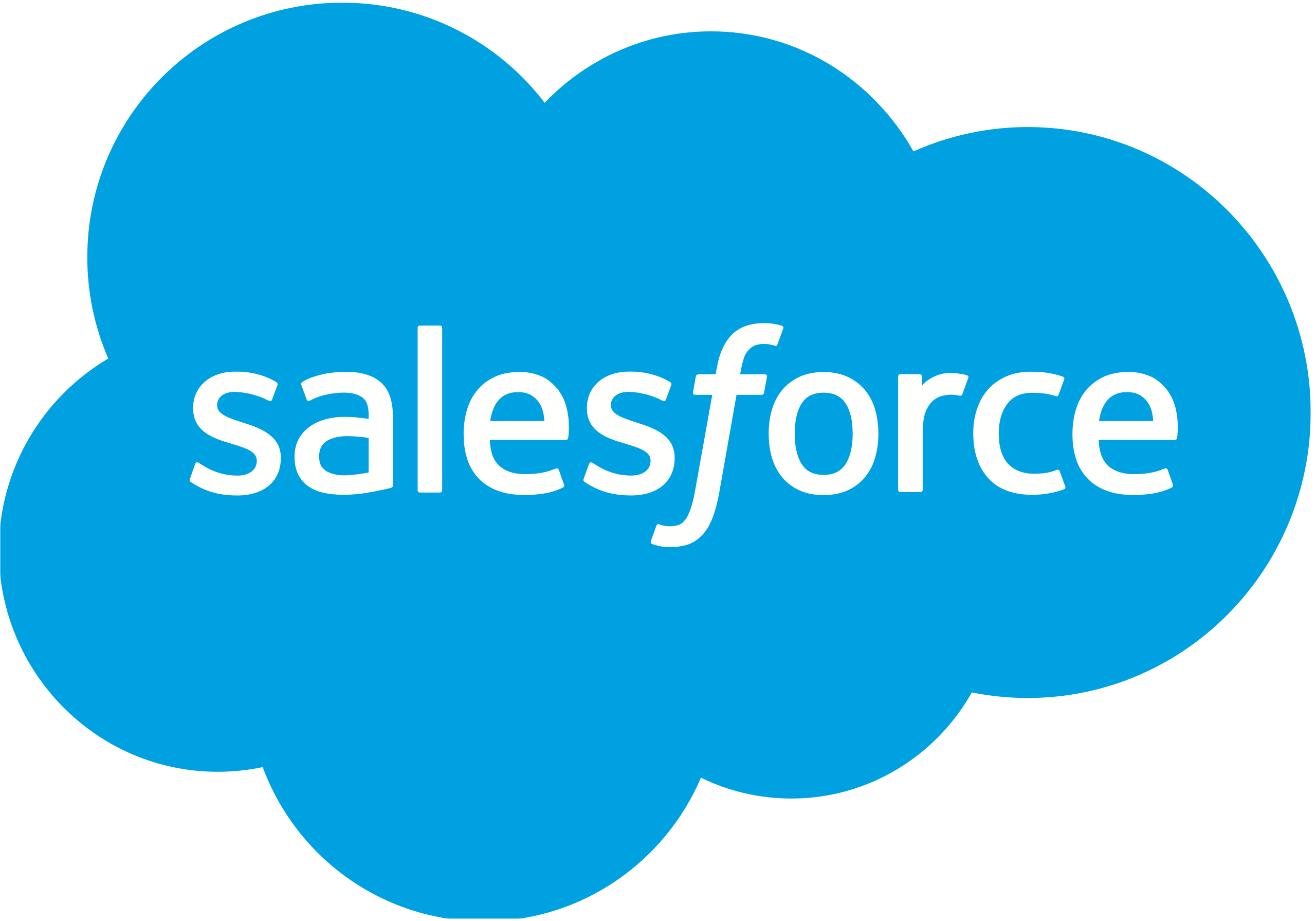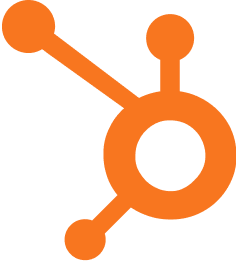Referral Rate Metrics: Measuring Customer Advocacy

Published on: October 01, 2024
Referral Rate Metrics are key performance indicators (KPIs) used to measure the effectiveness of a company's referral marketing efforts. These metrics help businesses quantify the success of their customer advocacy programs and track the growth of their customer base through word-of-mouth marketing.
Understanding Referral Rate Metrics 📊
Referral Rate Metrics typically include:
- Referral Rate: The percentage of customers who refer new customers to your business
- Referral Conversion Rate: The percentage of referred leads that convert into customers
- Referral Revenue: The total revenue generated from referred customers
- Customer Lifetime Value (CLV) of Referred Customers: The total value a referred customer brings to your business over their entire relationship
Importance in Sales and Marketing Operations 🚀
Referral Rate Metrics are crucial for several reasons:
- They provide insights into customer satisfaction and loyalty
- They help measure the effectiveness of referral programs
- They contribute to understanding the overall health of the business
- They can guide decision-making in marketing strategy and resource allocation
Calculating Referral Rate 🧮
The basic formula for calculating Referral Rate is:
\[ \text{Referral Rate} = \frac{\text{Number of Referrals}}} \times 100\% \]
Example:
If a company has 1,000 customers and 50 of them refer new customers in a given period, the Referral Rate would be:
\[ \frac{50}{1000} \times 100\% = 5\% \]
Improving Referral Rate Metrics 📈
To boost your Referral Rate Metrics, consider the following strategies:
- Implement a structured referral program with incentives
- Provide exceptional customer service to increase satisfaction
- Make the referral process easy and accessible for customers
- Regularly engage with customers to maintain strong relationships
- Use automation tools to track and manage referrals efficiently
Challenges in Measuring Referral Rate Metrics 🤔
While valuable, tracking Referral Rate Metrics can present some challenges:
- Difficulty in attributing referrals accurately
- Varying time frames for referral conversions
- Potential for gaming the system in incentive-based programs
- Balancing short-term gains with long-term customer value
Integrating Referral Rate Metrics into Your Sales and Marketing Stack 🛠️
To effectively leverage Referral Rate Metrics, consider integrating them into your existing tools and processes:
- Use CRM systems to track referral sources and conversions
- Implement marketing automation to nurture referred leads
- Utilize analytics platforms to visualize and report on referral performance
- Integrate referral data with customer support systems for a holistic view
By focusing on Referral Rate Metrics, businesses can harness the power of customer advocacy to drive growth and improve overall performance. As you consider implementing or improving your referral program, ask yourself:
- How can we make it easier for our customers to refer others?
- What incentives would be most effective for our target audience?
- How can we better track and attribute referrals in our current systems?
- What benchmarks should we set for our Referral Rate Metrics?
- How can we integrate referral data into our decision-making processes?
For more insights, check out our articles on referral traffic insights and the importance of referral traffic.

















